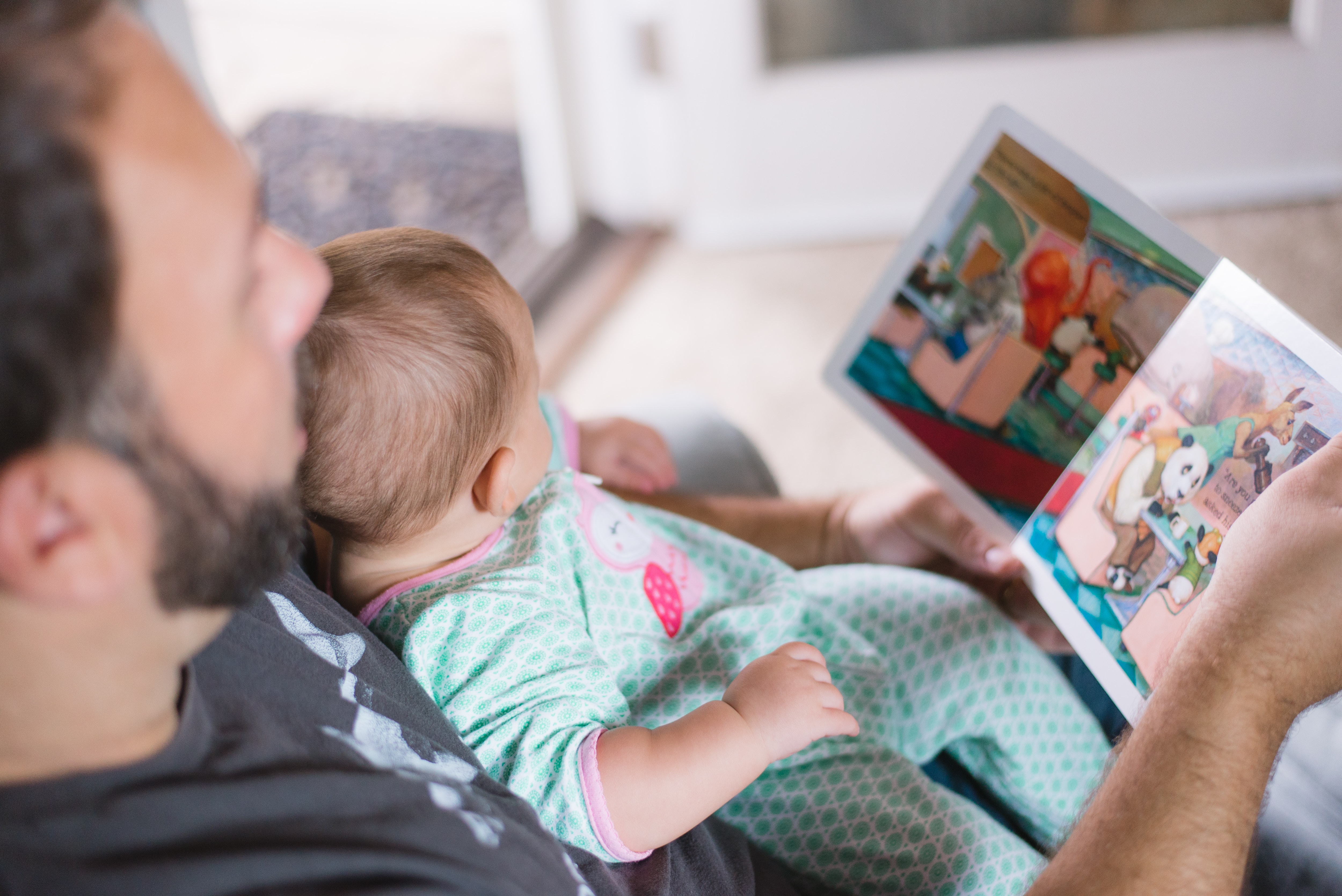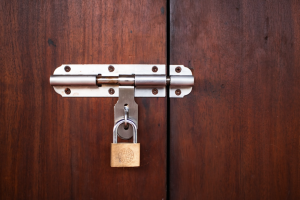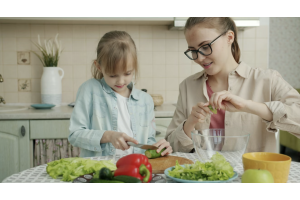Child Development Stages to Look Out For | Woombie

Raising a child can be an immensely rewarding and fulfilling experience, but it’s also filled with challenges. Knowing what to expect and when, from infancy through adolescence, can help parents navigate the process more confidently. That’s why understanding the key stages of child development is so important: It enables parents to appreciate milestones as they come and plan for those yet to come.
Child Developmental Stages by Age
As children grow and develop, they reach different stages of developmental milestones depending on their age. These stages can be broken down into important markers that help parents and caregivers determine what a child may be capable of, physically and mentally. For example, infants may be able to lift their heads up while lying on their stomachs at around three to four months old, while a five-year-old may begin to grasp the concept of cause and effect.
Understanding these different stages can help parents foster an environment that supports their child’s growth and development. By recognizing what stage a child is currently in, parents can also provide age-appropriate activities and toys that can help their child reach their full potential.
Birth to 12 Months Developmental Milestones
During the first year of life, babies reach many developmental milestones. These milestones are important indicators of a child's growth and progress. At birth, the baby's eyesight is limited, but they can recognize familiar faces and objects. As they grow, they develop the ability to roll over, sit up, and eventually crawl and walk. They also start to understand and respond to simple words and cues from familiar people. By the end of their first year, most babies can say a few simple words and respond to their names. These milestones are exciting to witness and mark important progress in a child's life.
12-24 Months Developmental Milestones
During the 12-24 month period, your child will experience a variety of developmental milestones. These milestones include physical, cognitive, and social-emotional growth. Physically, your child may begin to walk unassisted or climb stairs with supervision. In terms of cognitive development, they will start to recognize familiar people and objects and will be able to use simple gestures to communicate their needs and wants. Socially, they will become more aware of their surroundings and will show a preference for certain toys or activities.
2-3 Years Old Developmental Milestones
In the first few years of life, countless changes happen as babies transition from helpless newborns to curious toddlers. At the age of 2-3 years, children hit some major developmental milestones that are fundamental to their growth. They begin to develop their independence as they learn to dress and feed themselves. They also develop their social skills and start to enjoy playing with other children. Language development is also a big focus during this time as toddlers start to form sentences and express themselves in more understandable ways.
3-5 Years Old Developmental Milestones
As your child reaches the ages of 3-5 years old, you may notice significant developments in their physical, cognitive, and emotional growth. At this stage, toddlers become more self-sufficient and confident in their abilities, especially with regard to their motor skills. They are also able to complete complex tasks like drawing shapes and building with blocks. In terms of communication, children at this age can speak in full sentences and express themselves clearly. They may also start to demonstrate empathy, sharing their toys and understanding the feelings of others. Overall, the developmental milestones during these years are essential in building the foundation of your child's future growth and success.
5-7 Years Old Developmental Milestones
As children grow, they reach certain milestones in their development. At ages 5-7, children are beginning to use more complex language and may be able to have full conversations with adults and peers. They may also become interested in writing and will start to use letters and words to express themselves on paper. In terms of cognitive development, they are learning to reason and problem-solve, as well as developing a sense of morality and empathy for others. Physical milestones include improving fine motor skills, such as writing and drawing, and becoming more coordinated in gross motor skills like running and jumping. It is important to celebrate these milestones and support children in their continued growth and development.
Types of Assistance for Developmental Milestones
As children grow and develop, it's important to provide them with appropriate types of assistance to reach their developmental milestones. One type of assistance is early intervention therapy. This can include pediatric speech therapy, occupational therapy, or physical therapy. These can help children catch up to their peers in areas such as communication, gross and fine motor skills, and socialization. Another type of assistance is adaptive equipment, which helps children with physical or cognitive limitations participate in activities they might otherwise be unable to do. Finally, support groups can provide emotional support to both parents and children, helping them navigate the challenges of developmental delays. By utilizing these types of assistance, children can thrive and reach their full potential.






